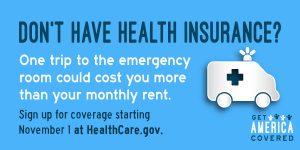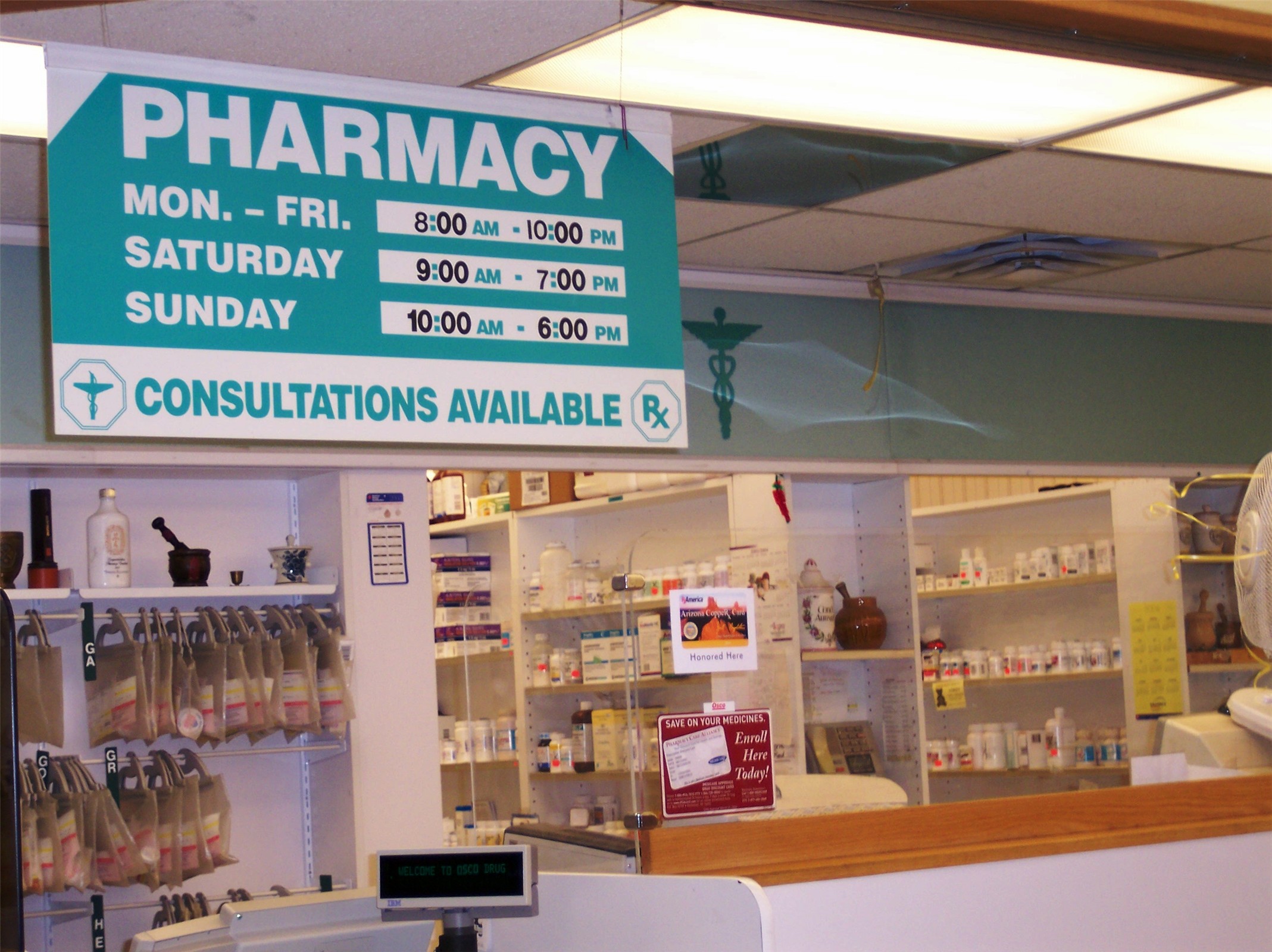The Affordable Care Act (ACA; aka Obamacare) Health Insurance Marketplace begins its seventh Open Enrollment period today. American healthcare consumers can sign up on the federal insurance exchange at healthcare.gov or through their state marketplaces. In recent years there has been increased confusion surrounding Open Enrollment due to changes (and attempted changes) made to the ACA under the Trump administration, leading to the U.S. uninsured rate to rise for the first time since 2014 and the largest single-year increase since 2008.
When Obama was president and launched the ACA, Open Enrollment period ran 90 days beginning November 1 and running until the end of January. Open Enrollment was cut by President Trump to 45 days in 2017 unless you qualify for the Special Enrollment Period which extends enrollment by an additional 60 days. Advertising and outreach budgets for Open Enrollment have faced cuts, limiting the people able to access assistance or appropriate information that can help them.
New rules put out by the Trump administration allow ACA subsidies to be used for short-term, low-benefit insurance plans that can deny coverage based on pre-existing conditions. These plans often have lower premiums than those that offer Obamacare’s Essential Health Benefit but they set annual or lifetime payment limits, don’t cover prescription drugs, and have fine print excluding some conditions or treatments. Consequently, insurers providing short-term plans don’t have to pay as many medical bills, so they have more money left over for profits. The Affordable Care Act requires 75% minimum of premiums be spent on medical care. Trump’s junk plans are not subject to the same requirements and spend an average of 39% of your premium on actual medical care — some are as low as 9%. Junk short-term plans often lead to “surprise bills” for patients unaware of their coverage gaps.
 Since federal resources are refraining from outreach, organizations such as Get America Covered are reaching out to combat misinformation and encourage enrollment. There is no longer a penalty for not having health insurance, but even healthy people can be faced with extraordinary costs for unforeseen health reasons — especially those without insurance. For those who have applied through insurance exchanges in previous years, they have to update their information and compare their options for 2020. If you have questions about signing up or want to talk through your options with a trained professional, free assistance can be reached by calling 1-800-318-2596 or visiting http://localhelp.healthcare.gov/.
Since federal resources are refraining from outreach, organizations such as Get America Covered are reaching out to combat misinformation and encourage enrollment. There is no longer a penalty for not having health insurance, but even healthy people can be faced with extraordinary costs for unforeseen health reasons — especially those without insurance. For those who have applied through insurance exchanges in previous years, they have to update their information and compare their options for 2020. If you have questions about signing up or want to talk through your options with a trained professional, free assistance can be reached by calling 1-800-318-2596 or visiting http://localhelp.healthcare.gov/.
NeedyMeds will continue to provide information as the need for assistance navigating the often expensive landscape of healthcare rises. The NeedyMeds website has databases of Patient Assistance Programs (PAPs), Diagnosis-Based Assistance (DBAs), and Free/Low-cost/Sliding-scale Clinics to help those in need. The NeedyMeds Drug Discount Card can save users up to 80% off the cash price of prescription medications for those without insurance or choose to use the card instead of insurance. In addition to the plastic card, the card is available in a printable form or a smartphone app for Apple and Android devices. For more help finding information, call our toll-free helpline Monday-Friday 9am-5pm Eastern Time at 1-800-503-6897.



